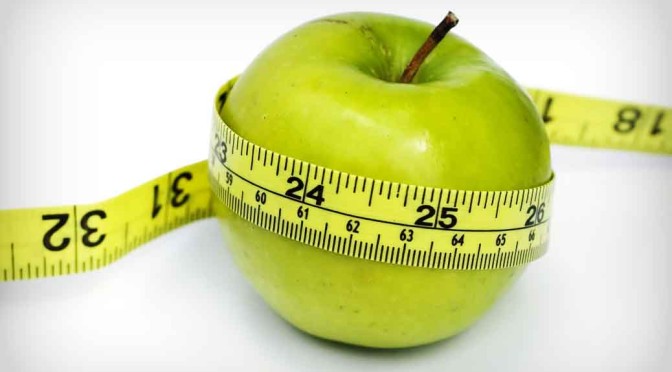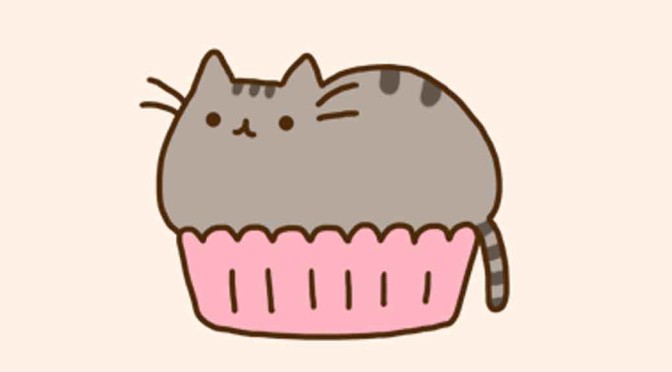What would smoke look and feel like, if you could solidify it?
Aerogels
Although, first made in 1931, Aerogels are relatively newer materials and a tremendous amount of research is being done on them everyday. Lightest solids ever, Aerogels weighing about seven times lesser than air have been made. Their extreme properties have given a fascinating field of interest to students and scientists. [Read the last paragraph]
How are they made?
Aerogels, also known as solid smoke or frozen smoke are extremely light materials. They are made by a process called sol-gel process which involves removing all the moisture from a specially made gel (Hypercritical Drying). Although the procedure may sound simple, there is a lot of technology involved in making them. Moreover, practically usable Aerogels which can endure moist conditions and high stress conditions are much more challenging to make. Also, it is very expensive to make them. [They can be made at home – with costly equipment of course]
Why is it so light?
The whole lot of porosity left inside due to drying of the gel is what makes it so light. You can think of them as a sponge which is hard like pumice. But, when you think of a sponge, remember that mostly Aerogels aren’t very resilient. That means, unlike sponge they won’t get back into the previous shape after they’ve been pressed a lot. They are much sturdier/tighter than sponges. A small (not very small; due to very low density they occupy large space) piece of Aerogel weighing just 2 grams has been shown to hold a 2.5 kg brick without deforming. Poorly made Aerogels, on the other hand can also not be very sturdy. They would deform with a hard press of a finger and stay deformed.
How light are they?
Agreed, they can be lighter than air, but the practical mass varies greatly. And they don’t float in air because, with air present inside them, they are slightly heavier than air (weight of air inside + solid material), but can be made to float in air by replacing the air inside it with Hydrogen or Helium. Their lightness and density is completely dependent on the amount of porosity included during the fabrication – which can be controlled. Also, the kind of gel used to make it, affects the weight of the final block. So a block with 3 feet in length, breath and height can weigh anything from 1 kg to just 160 gm.
Aerographite, a carbon Aerogel made by German material scientists from Kiel University and the Hamburg University of Technology, was said to have weighed only 0.2 mg per cubic centimeter. It was 5000 times less dense than water and 6 times lighter than air (counting only the solid material’s weight of course). [Published Paper]
Graphene Aerogel: As if that wasn’t enough, recently, Chinese material scientists developed a lighter material than Aerographite. It was based on Graphene. A Graphene Aerogel; seven times lighter than air. This one, unlike other silica Aerogels, can recover like a sponge after getting deformed. [Published Paper]
Other Properties
Aerogels exhibit various other desirable properties which make them useful for a myriad of applications [See the Wikipedia Article]. For instance, they are very good insulators of heat. A nicely made Aerogel block which is just under a centimeter thick can protect things from a direct flame. Other desirable properties are high surface area, high thermal and acoustic resistivity, low dielectric constant, and low refractive index.
Aerogels absorb water or moisture from the air and even from human skin easily. Handling them with bare hands can cause blisters. But, the ones which repel water have been made successfully by altering fabrication parameters. Also, if particles of it are inhaled, it can cause problems. Hence, hand gloves and respiratory masks are used to handle them.
I want to study interesting materials like these
If you think Aerogels and Wolverine’s claws are interesting things. You can make a career in researching materials like these by making a foray into Materials Science and Engineering. Most good universities offer a course in it. It is a budding field, growing at a rapid pace with loads of opportunities waiting for you.


















